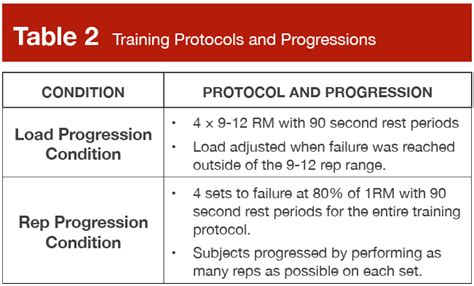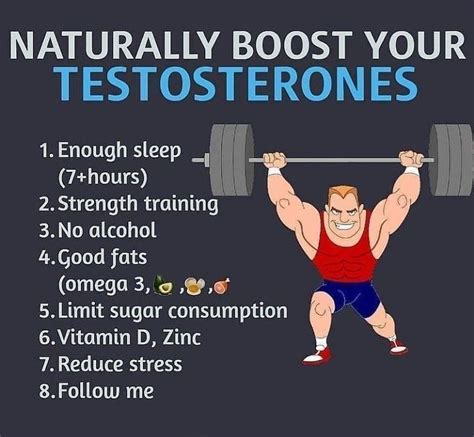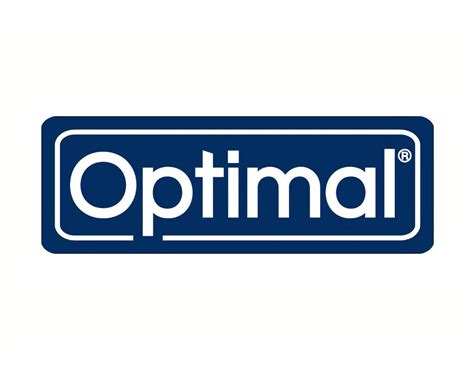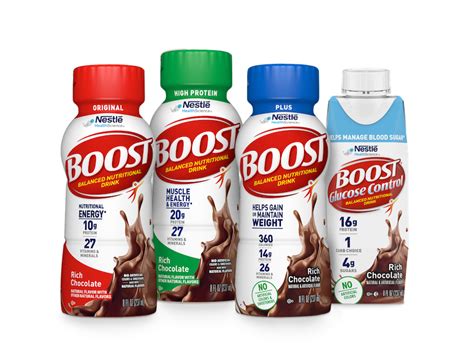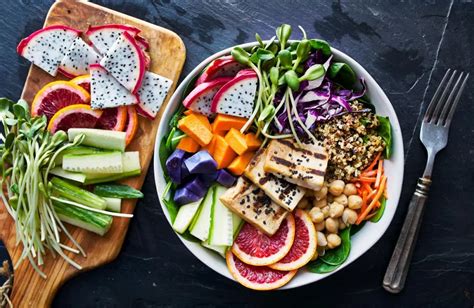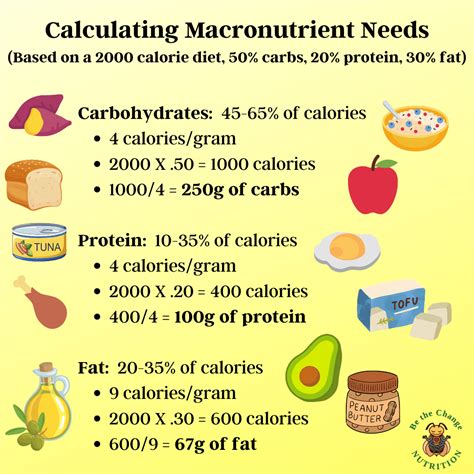Exact daily protein intake for peak muscle growth, recovery, and male vitality?

When it comes to building a powerful physique, recovering effectively, and maintaining robust male vitality, protein stands as a foundational macronutrient. While the quest for an ‘exact’ daily protein intake is common, the reality is more nuanced, influenced by individual factors like activity level, age, and specific goals. This article delves into the science-backed guidelines to help you tailor your protein consumption for optimal results.
Understanding Protein’s Multifaceted Role
Protein is far more than just a muscle builder. It’s essential for countless bodily functions, serving as the building blocks for enzymes, hormones, antibodies, and every cell in your body. For those pursuing peak physical condition, its role in muscle protein synthesis (MPS) – the process of repairing and building new muscle tissue – is paramount. However, its influence extends significantly to recovery, satiety, and even hormonal health, all contributing to overall male vitality.
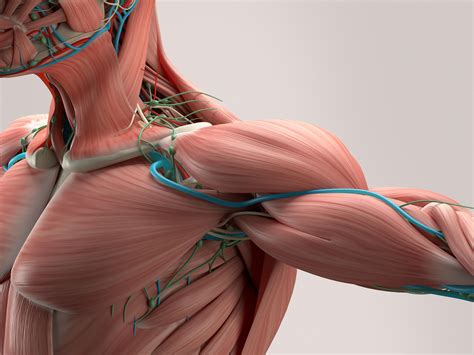
Optimal Protein for Muscle Growth and Recovery
For individuals engaged in regular strength training, the consensus among sports nutritionists points to a higher protein intake than the general dietary recommendations. A commonly cited range for optimizing muscle growth and repair is 1.6 to 2.2 grams of protein per kilogram of body weight per day (0.7 to 1.0 grams per pound). This range accounts for various factors:
- Activity Level: Highly active individuals, especially those lifting heavy weights, will lean towards the higher end of this spectrum.
- Body Composition Goals: During a calorie deficit (cutting phase), higher protein intake (up to 2.5 g/kg or more) can help preserve lean muscle mass while losing fat. During a surplus (bulking), 1.6-2.2 g/kg is usually sufficient.
- Training Intensity and Volume: More demanding workouts necessitate greater repair and thus more protein.
Consistent protein intake throughout the day, ideally spread across 3-5 meals and snacks, is more beneficial than consuming it all at once. This strategy ensures a steady supply of amino acids, maximizing muscle protein synthesis and minimizing muscle breakdown.

Protein and Male Vitality
Beyond muscle and recovery, adequate protein intake plays a crucial, though sometimes indirect, role in male vitality:
- Hormonal Balance: While protein alone doesn’t directly boost testosterone, it’s essential for overall endocrine function. Deficiencies in key amino acids can impair hormone production. Maintaining a healthy body composition through sufficient protein intake indirectly supports healthy testosterone levels, as excess body fat can lead to lower T-levels.
- Energy Levels and Satiety: Protein is more satiating than carbohydrates or fats, helping to manage appetite and prevent overeating. This can contribute to better weight management, reduced inflammation, and sustained energy throughout the day, all vital for feeling energetic and vibrant.
- Overall Health: Protein supports a robust immune system, healthy hair, skin, and nails, and is critical for the repair and maintenance of all bodily tissues. These factors collectively contribute to a sense of well-being and vitality.

Factors Influencing Your Individual Protein Needs
While the general guidelines provide a great starting point, personalize your intake based on:
- Age: Older adults (over 65) may benefit from slightly higher protein intake (e.g., 1.0-1.2 g/lb or 2.2-2.6 g/kg) to counteract age-related muscle loss (sarcopenia).
- Body Weight vs. Lean Body Mass: For those with a high body fat percentage, it’s often more accurate to calculate protein based on lean body mass rather than total body weight.
- Dietary Preferences: Vegetarians and vegans may need to consume a wider variety of plant proteins or slightly more overall protein to ensure intake of all essential amino acids.
- Health Conditions: Certain medical conditions may alter protein requirements, so consult a healthcare professional.
Best Protein Sources
Aim to get your protein from a variety of whole food sources:
- Animal Sources: Lean meats (chicken, turkey, beef), fish (salmon, tuna), eggs, dairy products (Greek yogurt, cottage cheese, milk). These are complete proteins, meaning they contain all nine essential amino acids.
- Plant Sources: Legumes (beans, lentils), tofu, tempeh, quinoa, edamame, nuts, seeds, and various vegetables. Combining different plant proteins throughout the day ensures a complete amino acid profile.
- Supplements: Protein powders (whey, casein, soy, pea, rice) can be convenient for meeting daily targets, especially around workouts or when whole food options are unavailable.
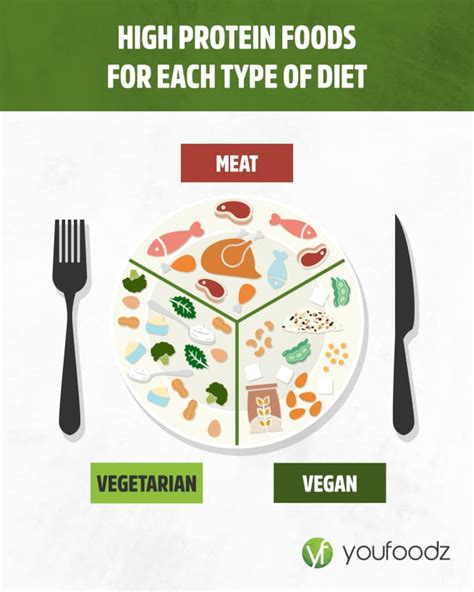
Practical Recommendations for Daily Intake
To optimize your protein intake:
- Calculate Your Baseline: Start with 1.8-2.0 grams of protein per kg of body weight (approx. 0.8-0.9 grams per pound).
- Distribute Evenly: Aim for 20-40 grams of protein per meal, spread across 3-5 eating occasions.
- Prioritize Whole Foods: Build your meals around quality protein sources.
- Consider Timing: Consuming protein before and after workouts can be beneficial for recovery and MPS.
- Listen to Your Body: Adjust your intake based on how you feel, your recovery, and your progress.

There isn’t a single ‘exact’ daily protein intake that applies to everyone. Instead, focus on a personalized approach within the recommended range of 1.6 to 2.2 grams per kilogram of body weight, adjusting for your activity level, goals, and age. By consistently prioritizing high-quality protein, you lay a strong foundation not just for peak muscle growth and recovery but for sustained male vitality and overall health.
